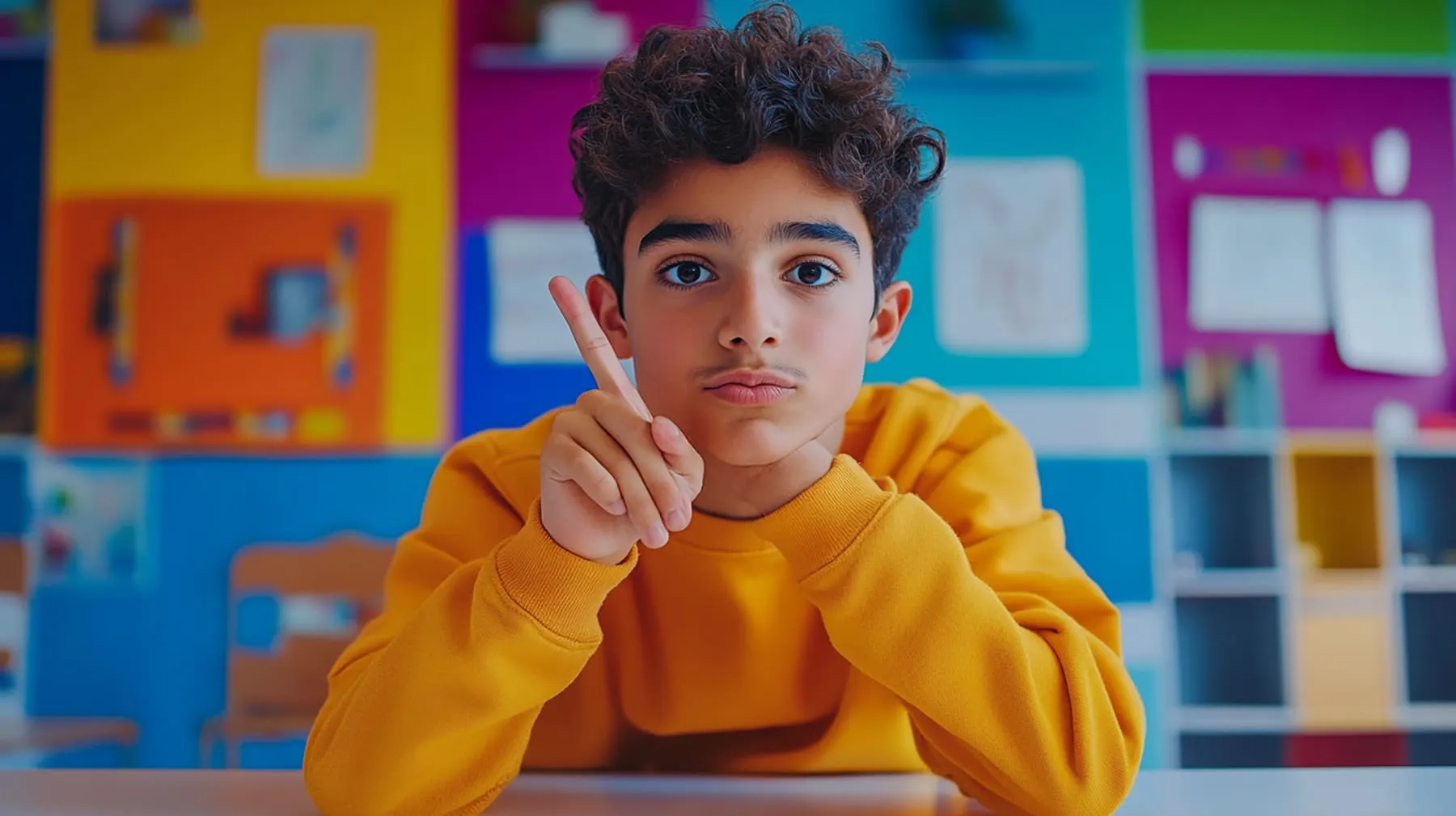Raising the AI Generation: how tech is shaping young minds

The new authority in the room: AI and the childhood mind
A child once turned to a parent to ask if Santa Claus was honest. Today, they might ask Siri. The answer comes not with warmth or hesitation but with algorithmic precision. And just like that, a myth collapses—not by a parent, but by a machine.
This seemingly small moment signals a monumental shift. Artificial Intelligence is no longer a neutral tool—it is becoming an authority, a source of truth, and sometimes even a surrogate parent in the lives of Generation Alpha (2013–2025) and the younger Gen Z (1997–2012). As AI seeps into every corner of childhood, from education and entertainment to identity and decision-making, a pivotal question arises: Are we shaping technology, or is it now shaping us?
From television to TikTok to ChatGPT: Have we learned from history?
History reminds us that every new wave of technology redefines how youth grow up. In the 1950s, it was television. In the 2000s, the internet and social media swept through Gen Z’s adolescence, often without adult guidance. The result? is a generation that’s both hyperconnected and hyper-anxious.
Now comes AI—faster, more innovative, and more personalized. Yet many adults, educators, and institutions are still catching up, unsure how to guide the next generation. And the stakes are even higher. Unlike previous tools, AI doesn’t just deliver content—it interprets, predicts, and decides. It doesn’t just influence behavior; it molds cognition.
A generation raised by recommendation engines
Children today grow up with algorithmic nannies. From YouTube’s autoplay to TikTok’s For You page, from Alexa’s answers to ChatGPT’s homework help, AI now actively shapes how children learn, what they watch, and even who they think they are.
For instance, a teen who engages with gaming videos might soon see their feed flooded with similar content. Slowly, their sense of self forms around what the algorithm serves them. AI isn’t just responding to preferences—it’s reinforcing identities.
A 2024 European study confirmed this: over 68% of teens reported that their interests and online identities were shaped more by algorithms than by friends or family. AI is not neutral; it’s a mirror that distorts, curates and amplifies.
AI and education: Personalized or de-personalized?
AI-powered platforms like Duolingo, Khan Academy, and ScribeSense offer tailored learning experiences. This can be revolutionary for children with learning difficulties or neurodiverse needs. AI identifies gaps, adapts lessons, and boosts engagement.
But this personalized learning comes with risks. Studies show that over-dependence on AI tools can reduce cognitive effort and discourage critical thinking. If every answer is just a prompt away, when do we learn to wrestle with uncertainty?
AI literacy becomes crucial. A 2024 academic review from Singh and Vasishta emphasizes that students trained to question AI-generated answers perform better and retain knowledge longer. Without that literacy, AI turns from a learning tool into a learning crutch.
Cognitive overload and attention collapse
Gen Z already consumes over 34GB of data per day. With AI-accelerated content delivery, that figure is expected to rise dramatically for Gen Alpha. What’s the impact? Clip thinking—a form of rapid, shallow information processing. The brain scans, selects, and moves on, leaving little room for reflection.
AI sharpens this habit. It curates content that delights but rarely challenges. As educational psychologist Chardonnens says, “We risk producing efficient but unreflective minds.”
Bridging the generational gap
Parents and educators are facing a widening disconnect. Children embrace AI intuitively, while adults remain skeptical or uninformed. This manifests in tension in classrooms: students prefer AI help, and teachers fear plagiarism. At home, parents struggle to understand how invisible algorithms shape their kids’ worldviews.
Vinichenko’s 2024 cross-European survey confirms this: the generational AI gap is as much about mindset as skill. The solution? Intergenerational AI dialogue. Schools and families must learn together—not just about how AI works but also how it influences thought, emotion, and ethics.
Ethics and autonomy: Where do we draw the line?
We must ask hard questions:
- Should a chatbot help a child navigate emotional trauma?
- Can an algorithm decide what is “relevant” for a 10-year-old to learn?
- Where does autonomy begin and algorithmic suggestion end?
Without answers, we risk raising a generation that’s optimized—but not reflective; informed—but not wise.
From reactivity to responsibility
It’s time to move from passive adoption to proactive design. Here’s how:
- AI literacy in schools: Not just how to use it, but how to critique it.
- Algorithm transparency: Push platforms to explain how feeds are shaped.
- Human-first design: Center emotional intelligence, patience, and serendipity.
- Digital detox: Promote real-world experiences that can’t be predicted or personalized.
The future is listening.
AI is not the enemy. It is the next evolutionary layer of human culture. But to raise a healthy AI generation, we must lead with awareness, ethics, and empathy. As the systems listen to us, let’s make sure we first listen to the needs—and vulnerabilities—of our children.
Because what’s at stake is not just technological fluency. It’s the soul of the next generation’s humanity.
Frequently asked questions (FAQ)
Take action: shaping the future of AI for the next generations
AI is transforming childhood, education, and social interactions at an extraordinary pace. We have a choice: allow it to shape the future unchecked or take control of how it integrates into young lives. Now is the time for schools, parents, and policymakers to step up and ensure AI becomes a tool for empowerment, not dependence.
For inquiries about keynote speaking, feel free to get in touch
You may also like these articles
Explore our collection of articles decoding youth culture, Gen Z, and Gen Alpha.







